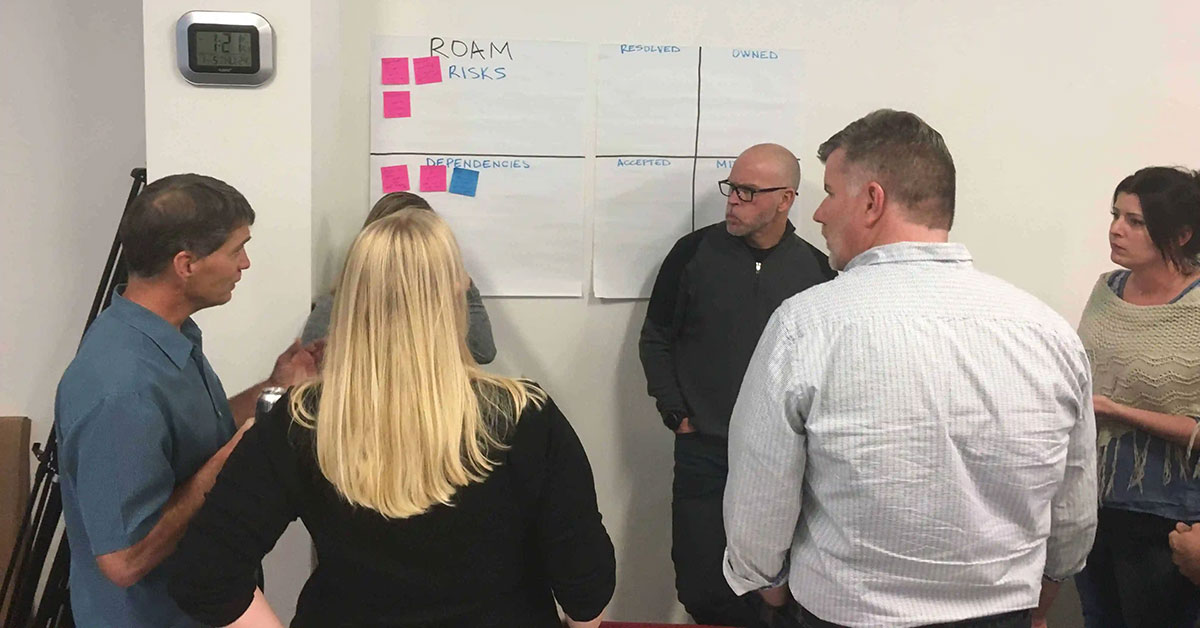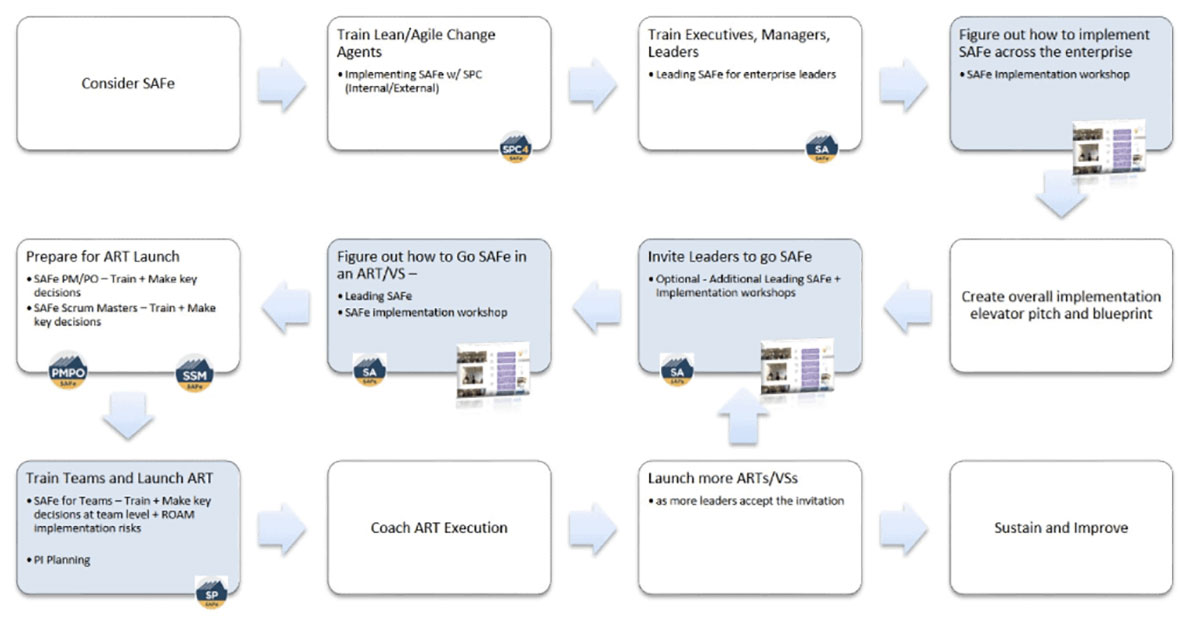
Agile Marketing Validation Board
“Validated Learning Over Opinions and Conventions” is the first value in the Agile Marketing Manifesto. A couple of weeks ago I was helping form what we call a “Marketing Agile Release Train” – a group of Agile Marketing teams each focused on supporting the business activities of a key product/solution in a large portfolio. The way we do this is typically a combination of some Agile Marketing training followed up by actual high-level planning of their first quarter followed by a deep dive into their first iterations/sprints.








